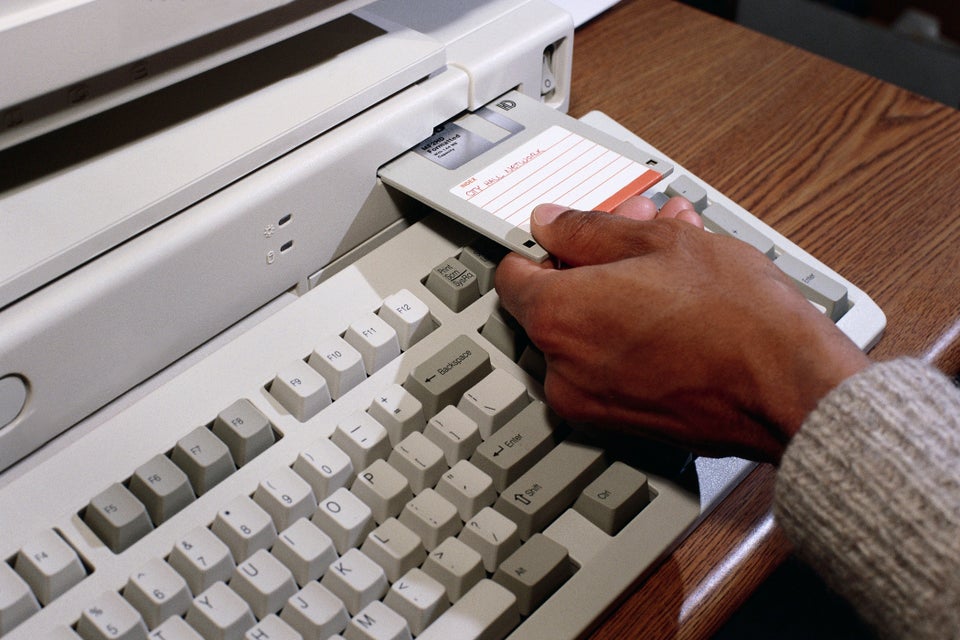
Your phone is filled with emojis you don't ever use. For example: You've probably scrolled past the likes of "🈹," "🈯" and "🈳" before. Perhaps you've also puzzled over "💠" and "🔰" -- why are they on every smartphone you've ever had? Why does your phone have a dated fax machine emoji 📠?
The answer is rooted in the earliest days of emoji history -- before iPhones even existed. In 1999, Shigetaka Kurita created the first emojis for "i-mode," an Internet service designed for "feature phones," which you could think of as a step up from the most basic cellphones of the era. (The Verge did a deep dive on these early emoji in 2013 that's worth checking out.)
These emojis caught on in Japan and, years later, with the advent of smartphones, they were implemented in the Unicode Standard, the list of emojis that are supported across devices.
"The original set of emoji characters existed on Japanese feature phones long before they made it to the rest of the world," Jeremy Burge, founder of Emojipedia, explained to The Huffington Post.
"The original project was headed by Google and was set up to bring all of the emojis from Japan into the Unicode Standard. The process of standardizing emojis in Unicode didn’t really look at the expected popularity of these characters," he added.
A lot of the earliest designs were exactly what you'd expect: Smiling faces, cars and so on. But some were more specific. Thus, there's a whole slew of characters that probably don't make sense to most Western users. For example:
- 🈹 is a character referring to "bargain prices."
- 🈯 refers to a finger "pointing to indicate a certain direction."
- 🈳 means "empty and available."
- 💠 is a glyph standing for kawaii or "cuteness" in Japanese.
- 🔰 is a symbol for beginning drivers in Japan.
"The goal of bringing emojis into Unicode was to support all of the emoji character sets from Japan for better compatibility with the wider world. The emojis in Japan included plenty of Asian-centric images, and these were all included as part of the standardization project," Burge said.
For the most part, the effort was comprehensive -- though not absolutely everything made the cut. Burge pointed out an emoji that stood for Shibuya 109, a department store in Tokyo -- you probably won't see it on your smartphone today, though it was temporarily included in iOS. Perhaps the reasoning is that an emoji for an individual store was too specific. On the other hand, the "🈳 " emoji, which is still around, contains the character 空, read as "empty" in both Japanese and Chinese.
You can see what the early emojis looked like on feature phones here. The Japanese character emojis were introduced in an "expansion" for more advanced phones -- you can look at those here.
As for the fax machine📠 -- that's another holdover from the late 1990s, though they're still popular in Japan to this day.
Note: This article contains emojis that may not display correctly depending on your device. Try reading on a smartphone if you're having trouble!
ALSO ON HUFFPOST:

